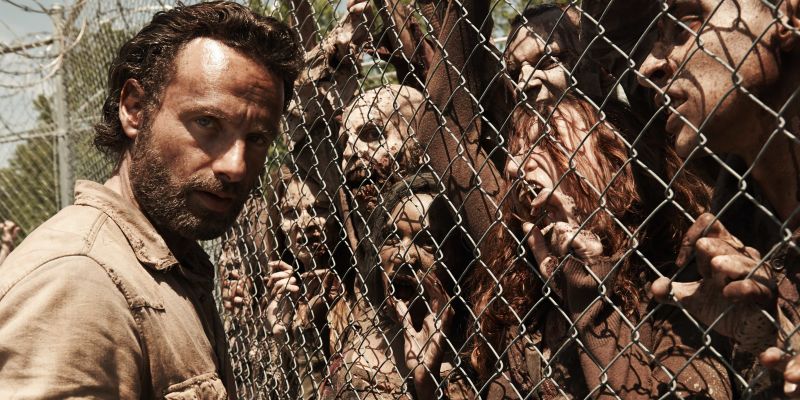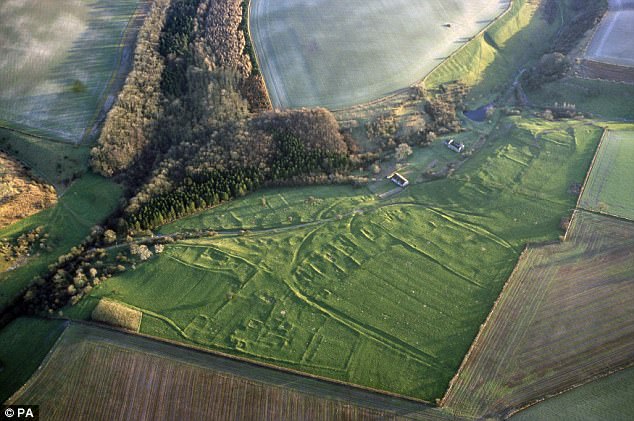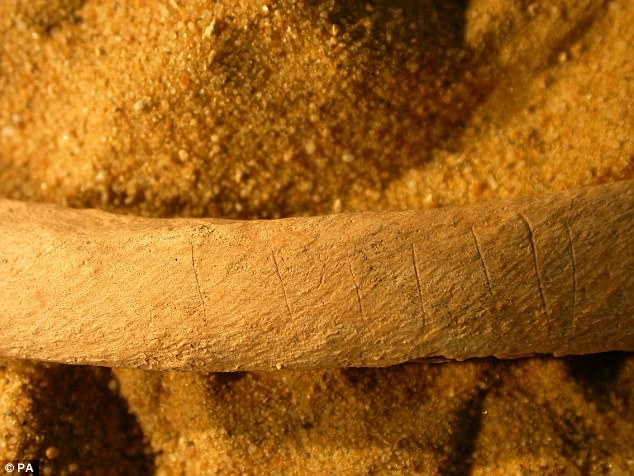“If we are right, then this is the first good archaeological evidence of this practice. It shows us the dark side of Medieval beliefs and provides a graphic reminder of how different the Medieval view is from our own.” – Simon Mays of Historic England.

PHOTO: 109.gizmodo.com
NORTH YORKSHIRE, ENGLAND – Researchesr working on a collection of human bones in a Medieval village in North Yorkshire found that most of them had been dismembered after their death. Unlike another recent discovery, this was not an instance of ancient cannibalism, but rather an instance of extreme fear of the walking dead.

The Site of Wharram Percy lies in North Yorkshire, and is home to a ruined church, a medieval graveyard, and some ancient cottages. [PHOTO: dailymail.co.uk]
For people living during the Medieval period, zombies and vampires didn’t live in stories like Twilight or The Walking Dead. They were specters that haunted the dark – a fear that lurked in everyone’s minds. A new study published in the Journal of Archaeological Science has found just how real that fear was for some.
A pit at the archaeological site of Wharram Percy was found filled with 137 bones “representing the substantially incomplete remains of at least 10 individuals” who had been hacked apart and burned after death. Why? Well, the scientists ruled out cannibalism, as none of the typical signs were present. Their second theory, the theory that the victims might have been outsiders that frightened the townspeople, was also ruled out when they did an analysis of the victims’ teeth.
“Strontium isotopes in teeth reflect the geology on which an individual was living as their teeth formed in childhood,” Alistair Pike, professor of archaeological sciences at Southampton explained, “A match between the isotopes in the teeth and the geology around Wharram Percy suggests they grew up in an area close to where they were buried, possibly in the village. This was surprising to us as we first wondered if the unusual treatment of the bodies might relate to their being from further afield rather than local”.
So, if the villagers hadn’t been cutting up the bodies for food, and hadn’t been mutilating the bodies because the victims were outsiders, then why would they choose to dismember the remains of friends, fellow villagers, and loved ones? Well, the scientists who wrote the study say, “The idea that the Wharram Percy bones are the remains of corpses burnt and dismembered to stop them from walking from their graves seems to fit the evidence best.”

Clear cut-marks found on the rib-bones of one of the individuals. [PHOTO: dailymail.co.uk]
Six of the bones had postmortem breakage. Seventeen bones were burned. Across the 137 different bones found at the site, the scientists discovered a total of seventy-six knife marks. Most of these were made on upper-body parts.
Ancient Suspicions

The famous “Vampire of Venice”, a corpse found with a brick shoved in its jaw post-mortem, most likely because the individual was believed to be a vampire. [PHOTO: livescience.com]
The bones date to the 11th-13th centuries. This is a practice that archaeologists do not commonly find evidence of in England, but often find evidence of in other parts of Europe.
In Eastern-Europe, especially Romania, up until recently folklore of the undead (mostly vampires) reigned supreme. Bodies were buried dismembered, burned, decapitated, or with stakes lodged in their chests and garlic or bricks forced into their mouths. Some were even buried encased in iron cages to keep the evil undead spirit from clawing its way out of a regular coffin or grave.
It may sound crazy or unreal, but the stories get their tropes from real history. Sometimes, the truth is stranger than fiction. For these villagers in Medieval Yorkshire, it was very, very real.

